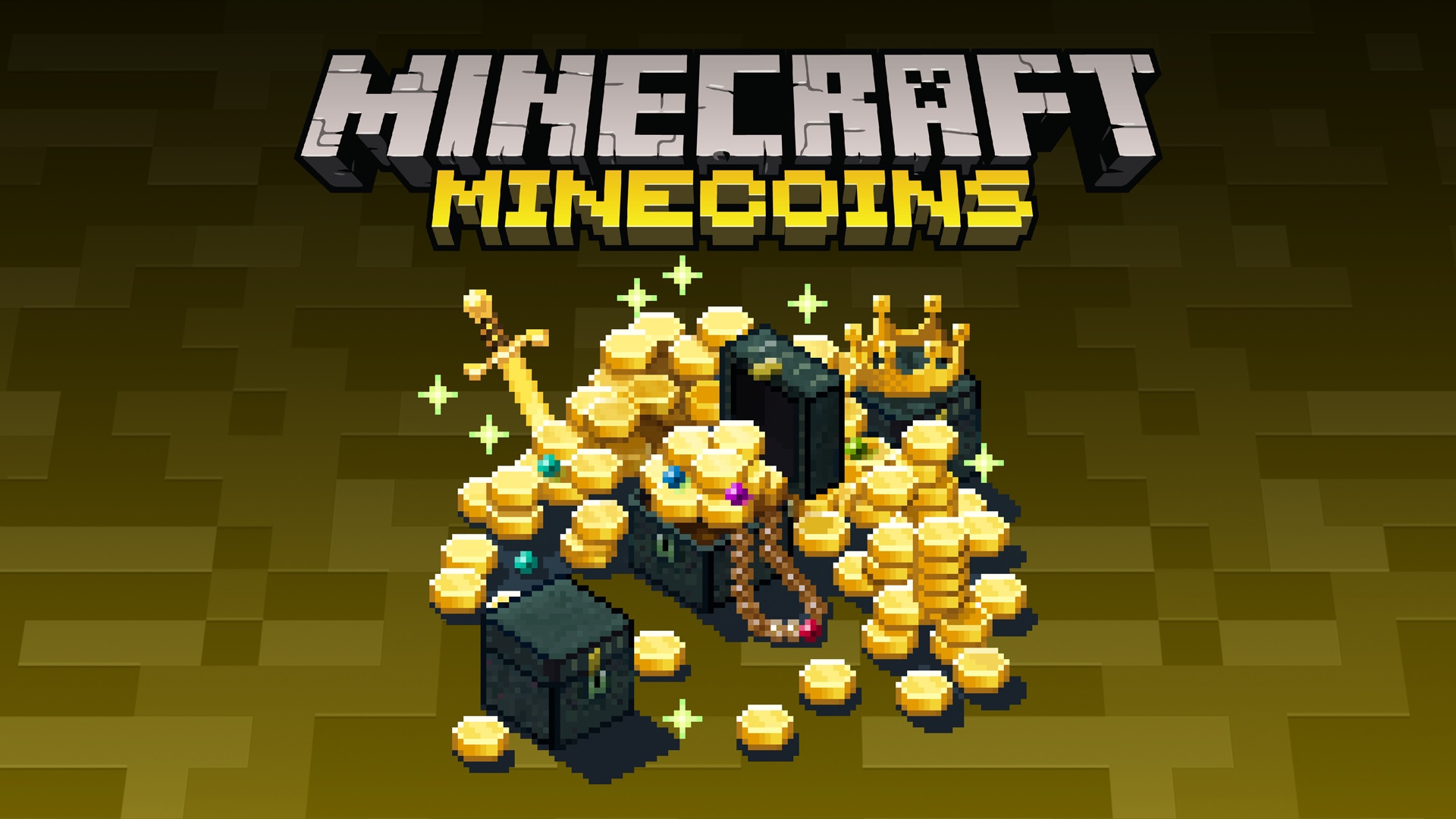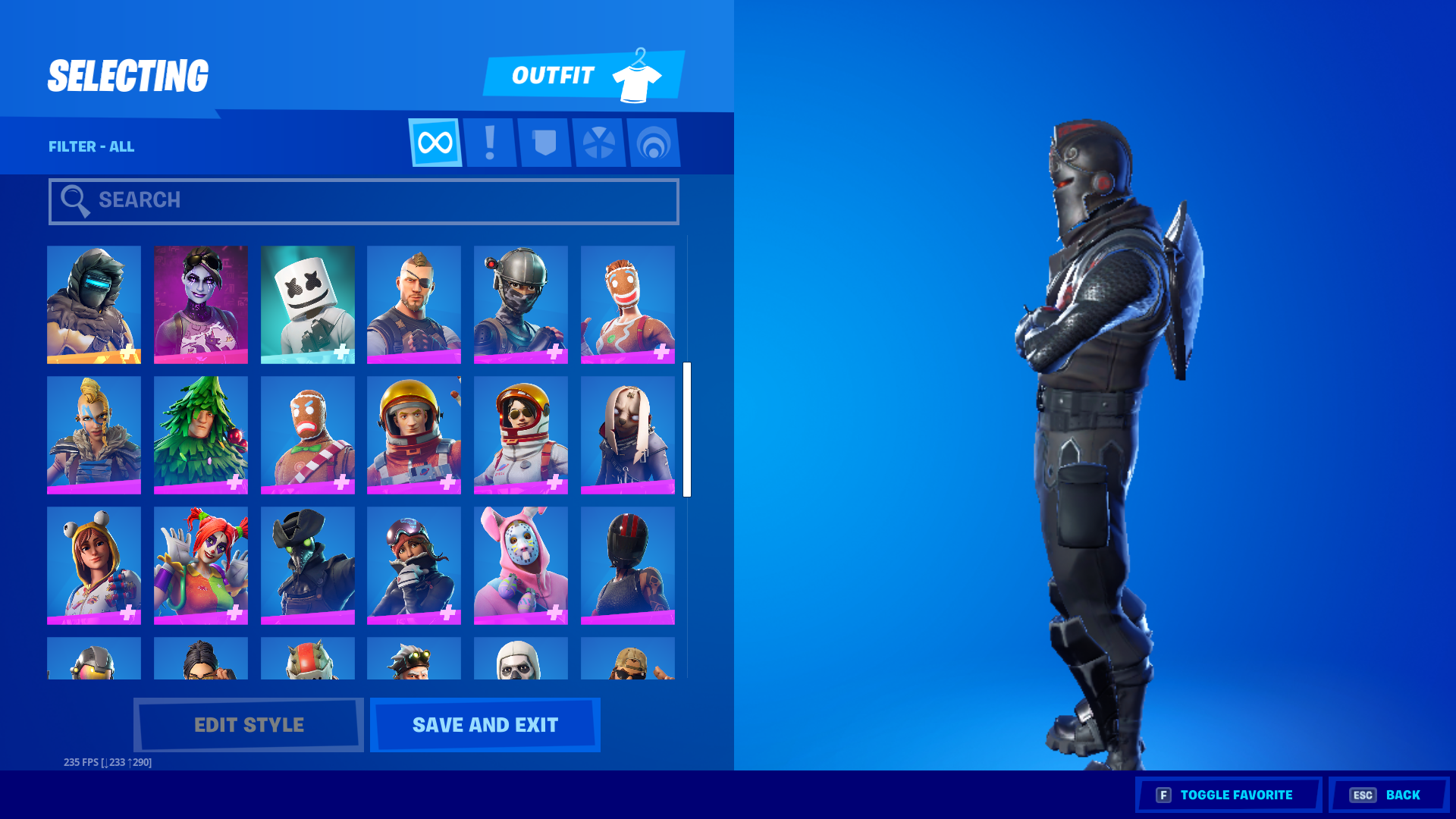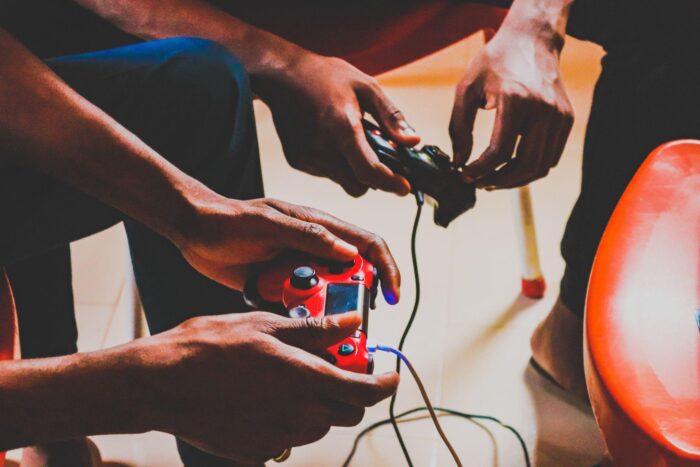The Role of Digital Accounts and Currencies in Gaming: A Look at Minecoins and Fortnite Accounts
The gaming industry has evolved rapidly over the past decade, with virtual currencies and digital accounts playing an increasingly central role.
Whether players are building elaborate worlds in Minecraft or battling for a Victory Royale in Fortnite, in-game economies and account structures have become essential to the user experience.
Two major elements of this trend are Minecoins, the virtual currency used in Minecraft, and Fortnite accounts, which serve as gateways to progression, customization, and access to exclusive content.
While the systems behind these two games are different, they reflect a broader shift toward persistent digital ownership, monetization models, and community-driven content.
This article explores the current state of these systems and how players interact with them. It also considers where and how players can obtain digital assets, either by purchasing them directly or accessing them through alternate means.
Minecoins: Enhancing the Creative Economy in Minecraft

Minecraft has remained one of the most popular sandbox games in the world, largely due to its open-ended gameplay and user-generated content.
As part of that ecosystem, Minecoins were introduced to facilitate transactions within the Minecraft Marketplace, where players can buy skins, texture packs, adventure maps, and more.
Unlike older versions of Minecraft where mods and content were distributed informally, Minecoins enable creators to monetize their work officially.
This currency can only be used within the Marketplace and cannot be converted back into real-world money by players, but for creators and consumers alike, it creates a structured and safe environment to share and enjoy new content.
Players can buy Minecoins online through official platforms and select third-party websites. These options often provide flexible payment methods and regional pricing, making the currency more accessible to a global player base.
Choosing the right provider is essential to ensure secure delivery and compatibility with the player’s Microsoft account or platform.
For many Minecraft users, Minecoins represent more than just a purchase method. They are part of an evolving digital economy within the game, empowering players to support creators, customize their experience, and explore new content with ease.
Fortnite Accounts: Digital Identity and Access
In contrast to Minecraft’s focus on a virtual marketplace, Fortnite uses player accounts to anchor user progress, customization, and achievements.
A Fortnite account contains a player’s cosmetic items, V-Bucks balance, stats, and purchase history. Because of this, accounts are highly valuable and often sought after, especially those with rare skins or event-based items.
Players who are new to the game or returning after a break sometimes look for ways to catch up without starting from scratch. This has led to a growing interest in accessing Free Fortnite Accounts, either through giveaways, promotions, or platforms that guide users toward safe and verified opportunities.
It is important to note that account trading and sales go against Epic Games’ terms of service, and many unofficial sources carry significant risk.
However, there are platforms that focus on legal methods of account acquisition and informative content about how to obtain items through in-game progress or reward systems. When managed carefully, these resources can help players gain access to the content they value without falling victim to scams.

The Convergence of Digital Ownership and Personalization
Both Minecoins and Fortnite accounts are part of a wider trend in gaming: the move toward digital ownership and customization.
Today’s players are not just consuming games but actively shaping their own experiences within them. Whether that means purchasing a unique skin, designing a custom world, or progressing through competitive ranks, these digital assets create a sense of identity and investment.
This shift has also impacted how games are monetized. Rather than paying for a full product up front, many titles now use free-to-play models with optional in-game purchases. These purchases, often tied to virtual currencies or account upgrades, fund ongoing development and enable more frequent content updates.
For developers, this creates a recurring revenue stream. For players, it offers flexibility and choice. However, it also places a greater emphasis on transparency and security in the way digital content is distributed and managed.
Access and Security: Choosing the Right Platforms
As demand for digital assets grows, so does the number of platforms offering them. From official stores to third-party marketplaces, players have more options than ever when it comes to buying or acquiring content. While this variety increases accessibility, it also raises concerns about security, legitimacy, and user data protection.
Before purchasing Minecoins or accessing a Fortnite account, players should evaluate the credibility of the platform. Look for secure payment methods, user reviews, refund policies, and customer support availability. Established platforms tend to offer better protection and more reliable delivery.
In addition, players should stay informed about platform-specific guidelines. For example, while using Minecoins is encouraged within the Minecraft ecosystem, transferring account ownership in Fortnite may lead to bans or account recovery issues. Understanding the boundaries of each system helps players engage responsibly with the digital economy.
Looking Ahead: The Future of Gaming Economies
The popularity of currencies like Minecoins and the importance of in-game accounts in titles like Fortnite signal a clear trend. As games continue to grow into virtual worlds, players are investing not just time but value into their digital personas. This opens up new questions around digital rights, resale, and long-term ownership.
Emerging technologies like blockchain and decentralized game platforms may eventually reshape how virtual assets are tracked and traded. For now, however, centralized systems remain the norm. What matters most is ensuring that players have access to safe, reliable ways to engage with in-game content.
Final Thoughts
The integration of digital currencies and accounts into gaming reflects a broader evolution in how players interact with virtual environments.
Whether using buy Minecoins online options to explore the Minecraft Marketplace or seeking Free Fortnite Accounts to enhance their gameplay, users are engaging with systems that combine creativity, commerce, and identity.
As these trends continue to develop, both players and developers will need to navigate a landscape where digital value and personal expression are closely intertwined.
With the right balance of security, accessibility, and innovation, digital currencies and accounts can continue to enrich the gaming experience for millions of users worldwide.

